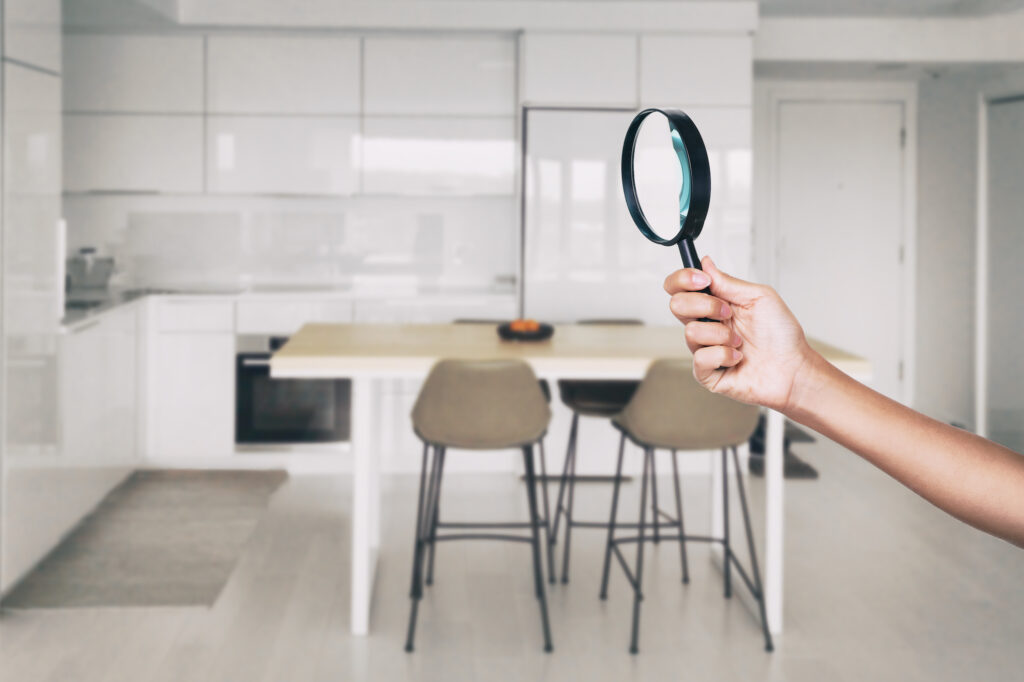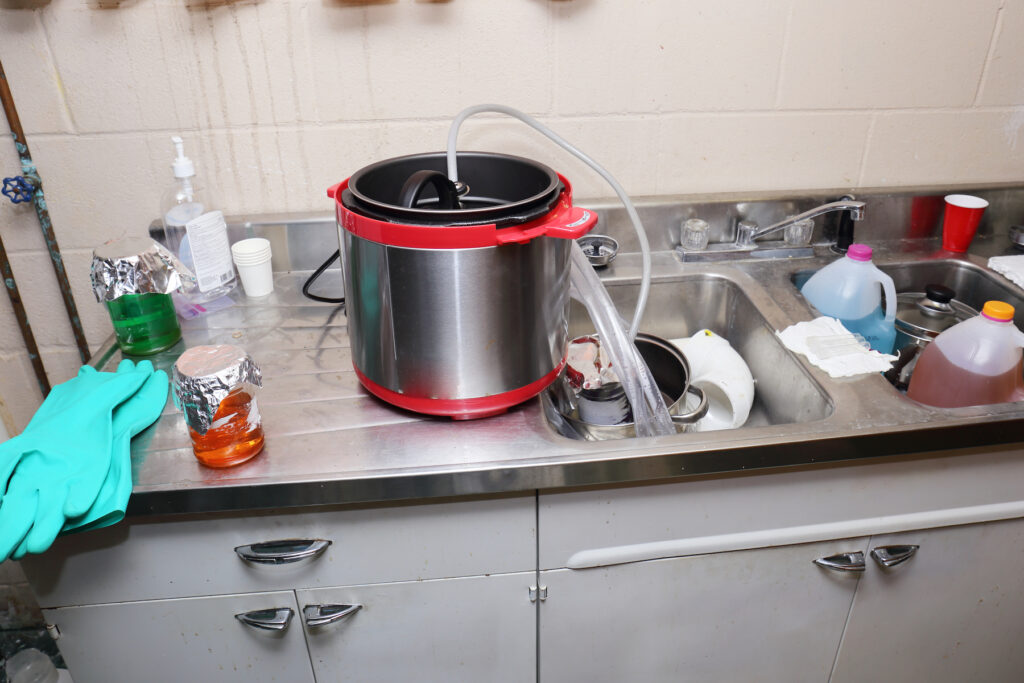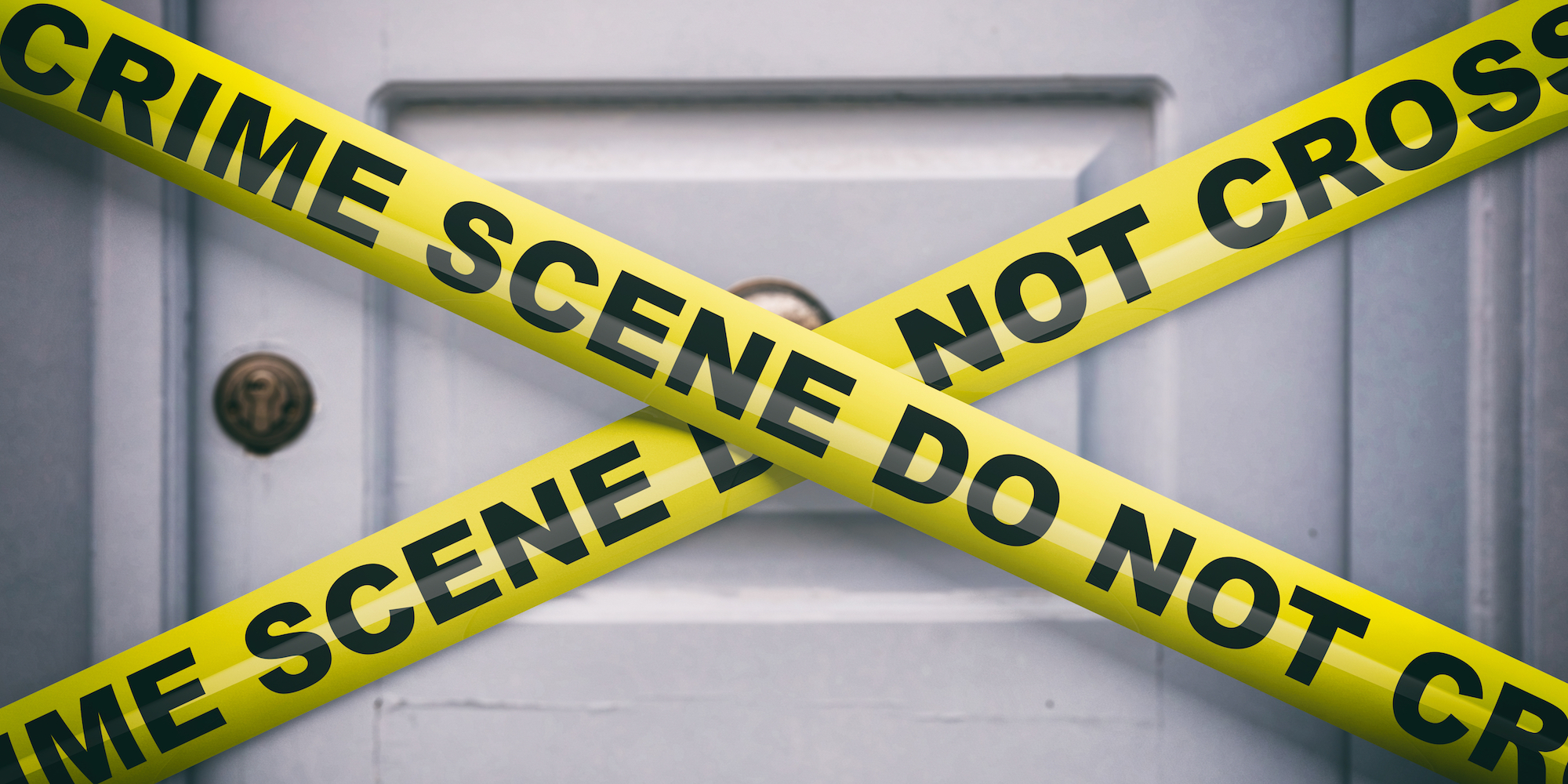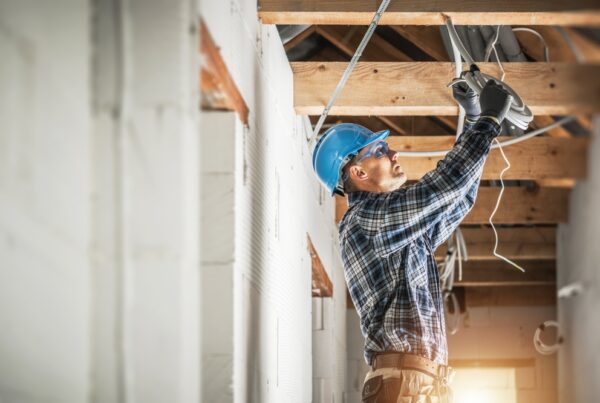The effects of drugs on your rental properties can cause many problems for both landlord and tenant so here are some tell-tale signs of the residual effects of drug manufacturing or use on your property.

If you have ever been on a boat, you are familiar with the wake that is left behind on the water. Regardless of the boat’s speed, it is impossible not to disturb the pristine glassiness of even the most still water.
The same concept applies to properties when someone has used or manufactured drugs on the premises; there is always an impact, large or small, on the condition of the property, and that impact can be as far-reaching as the ripples of a passing boat.
A tenant recently contacted her agent to explain that she had been suffering some rather serious health problems since moving into a new property. After multiple doctor visits and testing for mould, they hired a professional to come in to see if the property had been used for drugs. Results came back that the kitchen held extremely high levels of methamphetamine residue while the common areas and bedrooms of the home also showed significant levels. Mystery solved, but that was just the beginning for this unfortunate tenant and for the unknowing landlord and the effect of drugs on their rental property.

For landlords, the legal standard of “what you knew or should have known” is critical when applying it to a situation like the one described above. Here are a few practical applications for you to consider while your properties are occupied, but especially after the tenants move out and you are doing your post-occupancy inspections. There are always tell-tale signs of the residual effects of drug manufacturing or use on your property.
- Inspect anything porous; drug residue can find its way into many parts of your property, but especially any porous areas. Pay special attention to rugs/carpets, exhaust fans, HVAC vents and returns, and even plumbing. The P-traps in plumbing are notorious for being a place for drug residue to hide and wreak havoc.
- Yellow residue around the roof vents is one place even the most meticulous drug manufacturers overlook. Bring binoculars to inspect closely without having to climb up on the roof.
- Foil over the windows is one way that paranoid users and manufacturers try to hide their illegal behaviour. Inspect each window for any left-over foil that may remain.
- If the property smells like dirty socks, dirty diapers, or even ammonia, this can be a clue to illegal drug use and manufacturing taking place in your property.
- A high volume of visitors to the property, usually taking place during irregular hours and for short-term visits, could be a sign that your property is being compromised. Being friendly with the neighbours of your properties can be beneficial as they can be the eyes and ears that you need for regular oversight of activities on your property.
- Drug users or manufacturers rarely, if ever, leave a property in good condition. The importance of having a consistent and timely move-out inspection will almost always give you hints as to how your property was used (or misused).
If you find any of these things, or if a tenant complains about any of these things, you have a duty to take those findings or complaints seriously. Again, the standard of “what you knew or should have known” about drugs on your rental properties comes into play.
It is bad enough that your property may have been damaged by drugs; don’t double down on the problem by trying to ignore or hide it from the next tenant, or, if selling the property, the next owner. You are obligated by law to remediate the property to a safe and habitable state, regardless of the expense.
The best way to avoid the “wake” of a bad tenant is to properly onboard the tenant, use in-person inspections of the property during tenancy, and perform a move-out inspection with the tenant prior to them leaving the property. There are no guarantees but using these tools will help create a process that results in smoother sailing during your journey as a property owner.
Scot Aubrey









